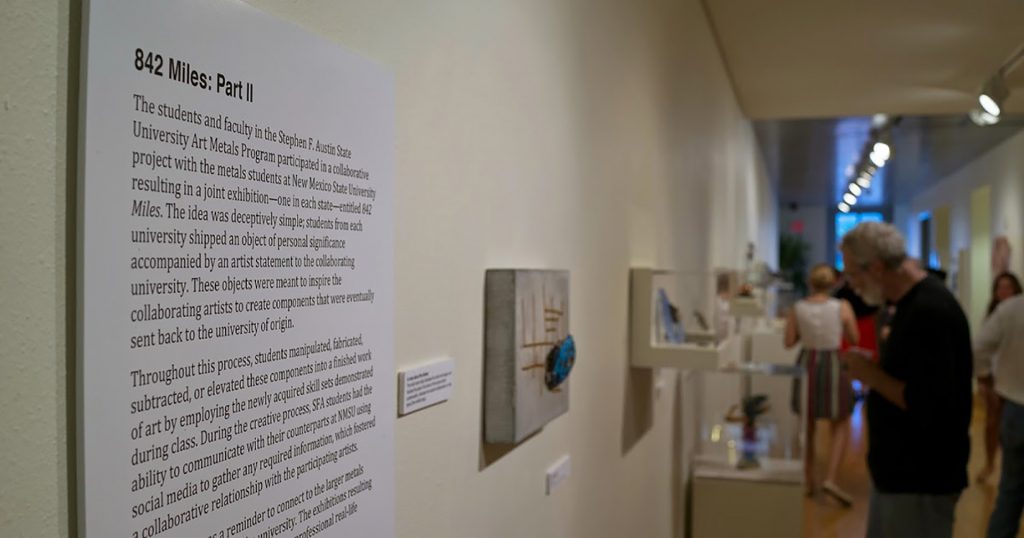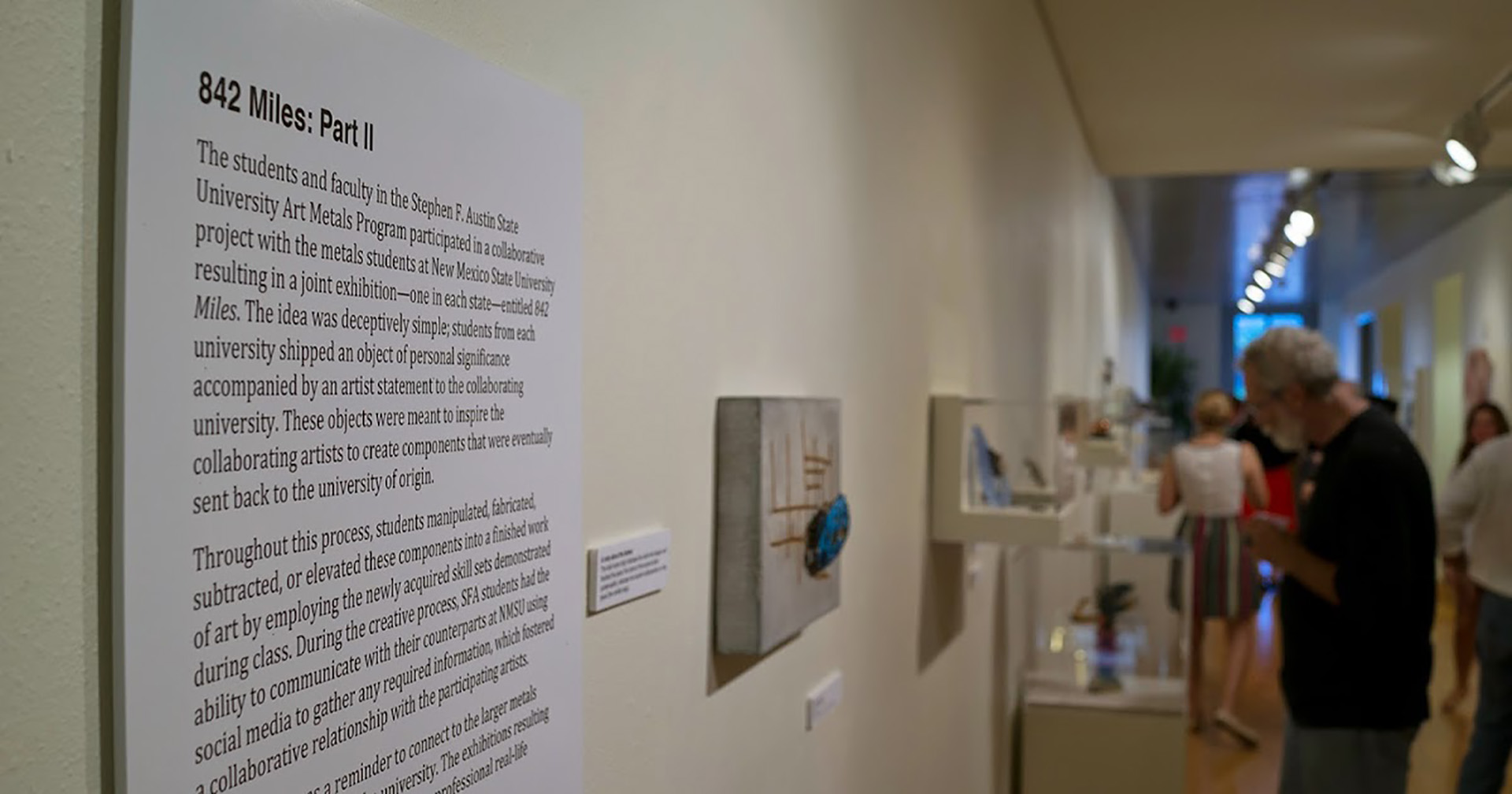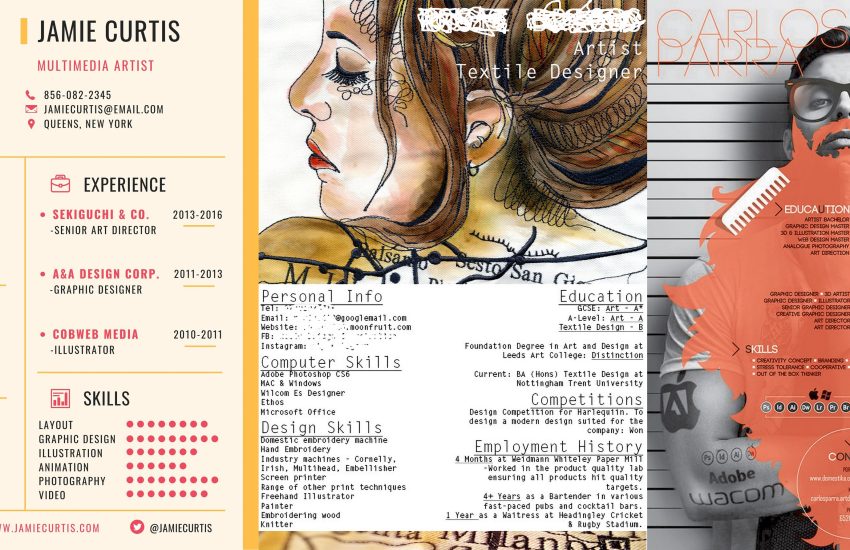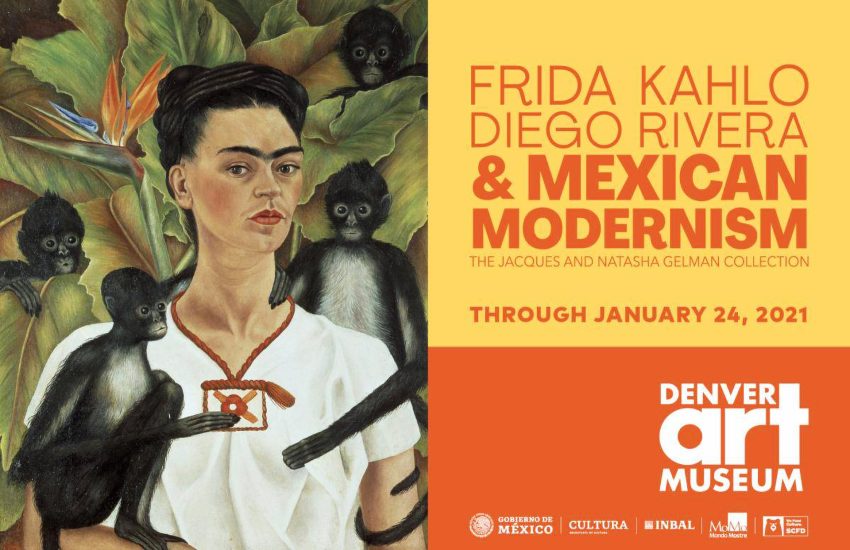Artist’s Statement / About Me
Table of Contents
Your Value Proposition
What value are you offering to the person looking at your portfolio? Your About Me page needs to connect to this person and offer something of value immediately!
Things People Do NOT Hire You For:
- Your awesome grandmother gave you a watercolor set when you were 6
- You are a creative person and drawing satisfies your need to create
- You’re cool
- You’re friendly
- You’re pretty
- etc
Reasons People DO Hire You:
- Problems – they have a Problem and you can solve it
- Friction – their process/organization has some sort of Friction and you can smooth it out
- Pain – they have some sort of “Pain” and you can take their pain away
“Problems”, “Friction”, and “Pain” are all different ways of saying the same thing: they have a need and they believe – you persuade them – that you can fill their need.
Sample Needs You might Fill
- An Art Gallery needs work to show. Every art gallery has a stack of artists & works just begging to be shown. So the simple fact that you made stuff isn’t enough to solve their problem. If you’ve taken the time to understand what galleries in your space (eg “Emerging West Coast Abstract Painters”, etc) are thinking about and looking for, then your portfolio, and your About Page, can describe how your work uniquely fills their exhibition needs.
- A Sports Bar needs an Identity System: a logo, branding materials, advertising media, website, food & drink menus, and so on. The owner of the sports bar may or may not know that they need an Identity System. When you chat them up while you’re having lunch at their place, it’s up to you to describe what you can do for them and how it can bring in new customers, and/or help existing customers order more food, drink, parties, and so on.
- An Animation Studio needs a furniture animator. Awesome as your graduation from the LBSU SOA is (and it really is awesome! Take a moment to appreciate what you’ve achieved, then get back to work! 🙂 realistically, there are many recent graduates who have similar qualifications to you. Your “About Me” page is a place for you to distinguish yourself by describing your process, showing them how you think, detailing the research that goes into the works you illustrate.
- etc
In all these, and other cases, use your About Me page not so much to tell them your life story, but to show them how you think. Art Gallery, Animation Studio, Ad Agency, Photography Studio, whoever is visiting your site, share your process of creation with them and how you help them achieve their goals. Remember, they don’t hire you because you’re cool or clever, they hire you because they believe that you can take away their pain!
Sample Opening Paragraph
As a Graphic Designer my mission is to help you communicate with your clients. My process begins with research, understanding who you’re talking to, what their needs are, and what visual language they respond to. From there I sketch out ideas, and consider graphic elements like typography and color palete that best speak to your clients.
Value before History
You can talk about your artist’s journey, family influences, and so on if you want to. Just be sure they’re not first. Start with your Value Proposition – why should this person choose you? Then later, toward the bottom of your About Page, you can get into more personal things.
Inverted Triangle
In Journalism they use an “Inverted Triangle” in writing stories. Most people won’t read the whole article. So a journalist has to get the “5 W’s”:
- Who
- What
- When
- Where
- Why
- How
right upfront. Then as the article goes along it can go into greater details for the subset of readers who want that much information. Your About Me page should be similar. Get your Value Proposition, what you’re offering and how you can solve their problems, right up top! Then later you can discuss more personal aspects of your career.
Don’t bury the lede
Also from Journalism, the “lede” is the first, or “lead” sentence in an article. And there’s a famous saying, “Don’t bury the lede”. It goes with the Inverted Triangle idea of getting the most important stuff out first. It means that you shouldn’t start your story with superfluous things and only later “bury the lede”. Say the most important thing first!
Don’t tell me what Vladimir Putin was wearing today. If there was a faint smell of springtime in the air. And only then mention that Russia invaded Ukraine today!
The same goes for our About Me pages. Don’t start with where you live, where you went to school, what makes you happy, or how your family inspires you. Start with the lede! What You, Artist, are offering Me, portfolio viewer!
Clear, Concise & Direct Writing
At the university, we often use more complex “Academic” writing. For most of you, more casual and direct writing is probably better.
- Short Sentences
- Short Words
- Skip Qualifying Adverbs
- Clarity
- Directness
The 4 C’s
- Confident
- Clear
- Concise
- Compelling
The first drafts of things I write are filled with adverbs. Qualifying words. Hedging my bets. Covering my ass. When I read it, it reads slow because there are so many qualifications. So much finessing of ideas. I’ve qualified whatever I was trying to say into oblivion!
Less Helpful
- My work mostly explores X…
More Direct
- My work explores X…
Have the courage to get rid of adverbs like “mostly”. Don’t tell me all the reasons why what you’re saying isn’t exactly what you’re saying, just say it!
Web tools like Grammarly can be a help with this. One cool app that helps is “Hemingway”. Try pasting your text there and see what it offers:
Point of View: 1st Person
Sometimes we’re inclined to write in 3rd person because we think it sounds more professional.
- In his oeuvre, Mr. Zucman explores the intersection of bull and shit.
I find 3rd person unnecessarily distancing. I encourage you to write in 1st person. Be casual. Be vernacular. Just talk to people. Plainly. Simply.
- Hi, I’m Glenn. In my work I’ve been thinking about how we express our multiple identities.
Object: 2nd Person
A 1st Person POV is more direct and engaging than 3rd person.
Similarly, a 2nd Person Object is more direct and engaging than 3rd person:
- I make sure the design process meets the client’s needs.
- Helping you communicate to your clients is my first priority.
Both sentences above have a 1st person POV: “I make sure” and “my first priority”. But the top sentence has a 3rd person Object, “meets the client’s needs” which is more detached. The 2nd sentence has a 2nd person Object, “Helping you communicate” which is more direct and engaging.
Help with Artist’s Statements
Here are some samples and tools to help with writing Artist’s Statements:
- How to write an Artist Statement – Agora Gallery
- How to write an Artist Statement – WikiHow
- Artist Statement Guidelines –
gyst-ink.com - Your Artist Statement – artbusiness.com
- Artist’s Statement – Wikipedia
- 8 Artist Statements we love – theArtLeague.org
Additional “About” elements
In addition to “About Me” and “About My Work”, there are a few other things you should have on your website About Me page:
- Contact info (or a link to a separate Contact page)
- Link to your CV or Resume You can use a downloadable PDF of your CV/Resume if you like, but the content should also be available right on the web page without having do download anything.
- Terms of Use (Copyright or Creative Commons)
- Credits/Thanks – if others helped you with your work or presentation, or if you’re using others’ materials on your site, your About page is a place you can add acknowledgments and thanks.
Canvas
Post your About text on Canvas. I’ll help you polish it when we meetup on Zoom. And then you’ll use it as you build your Portfolio Website.



